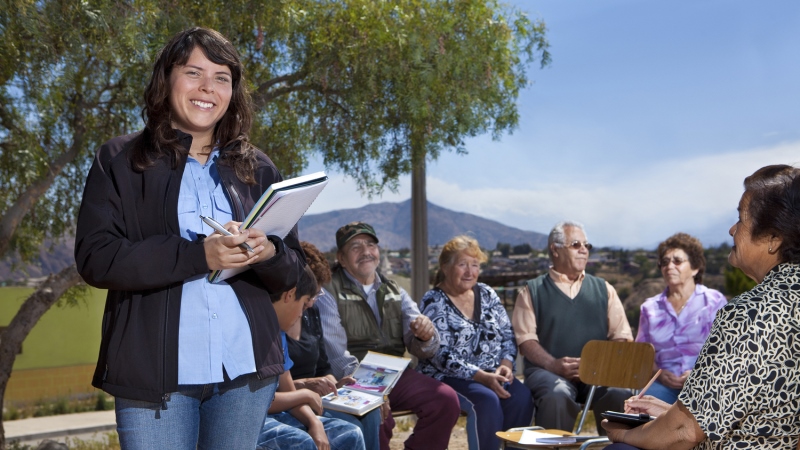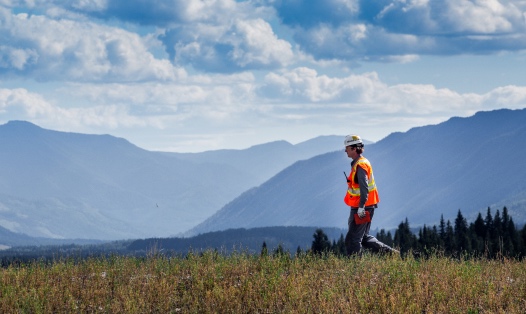We recognized that we needed to more fully engage and understand community concerns and interests related to water.
When we acquired Carmen de Andacollo mine (CdA) in 2007, there was considerable community concern over the mine’s proposed water use. We quickly discovered that we had not fully appreciated the spectrum of water use needs and requirements by local communities and other water users, as well as the extent of community concern, when we acquired the mine. We recognized that we needed to more fully engage and understand community concerns and interests related to water. We apologized to the community, listened to their concerns and came forward with a new proposal: a 27-kilometre pipeline to supply water to the mine from a different aquifer. We also agreed to exchange water from the El Culebron aquifer with the water supply of the local drinking water company because the water from our aquifer was of higher quality and would be more beneficial to the community.
“This experience provided us with important lessons about the need to collaborate with the community on water management issues,” says Mauricio Gómez, Superintendent, External Relations. “We recognized that while the proposed pipeline may have addressed immediate community concerns, there was a need for ongoing community consultation.” Given the potential for concerns about both the construction process and long-term water management, the CdA team worked with communities of interest throughout the region to provide project information, address concerns and establish a feedback mechanism.
To start with, each community of interest – which included neighbourhood associations, businesses, community leaders, Rural Water Committees (APRs) and farm representatives – was contacted in writing with an outline of the project. Project information was also sent to local media.
Next, the CdA team held meetings to personally share information about the project with those who were interested and might be impacted. They also met with each family and business along the route to coordinate start and end times for construction as it passed through or near their property. Everyone along the pipeline route was also provided with the names and contact information of the on-duty supervisor and the community staff at CdA. This provided a forum to ensure residents’ concerns were heard and addressed promptly.
To address long-term water management concerns, a water monitoring committee in the community of Alfafares (the location of the new water intake point) was created. Local government representatives, water authorities and community leaders were invited to participate in both the monitoring table and water management discussions, providing a forum for stakeholders to share concerns and find solutions.
The team also worked with local farmers to improve access to water by deepening their wells and establishing a Water Resource Efficiency Program, which included funding to improve water production, efficiency and irrigation.
“Through ongoing dialogue and collaboration, there is now recognition that water is a finite, shared resource,” says Gómez. "Continual investment and dialogue about water sustainability will be necessary to ensure both CdA’s and the community’s long-term viability. And, as part of our overarching water strategy, we’re prepared to do just that.”
This case study was originally published in our 2010 Sustainability Report.
Suite 3300, Bentall 5
550 Burrard Street
Vancouver, B.C.

